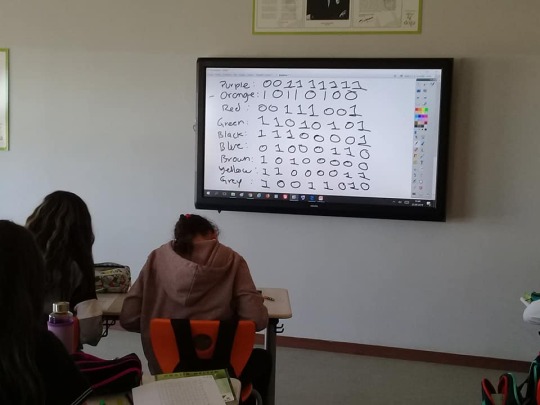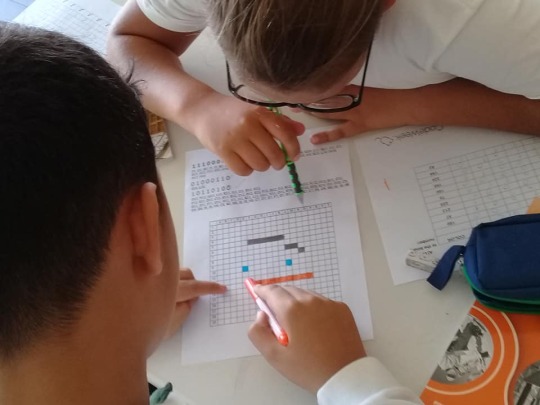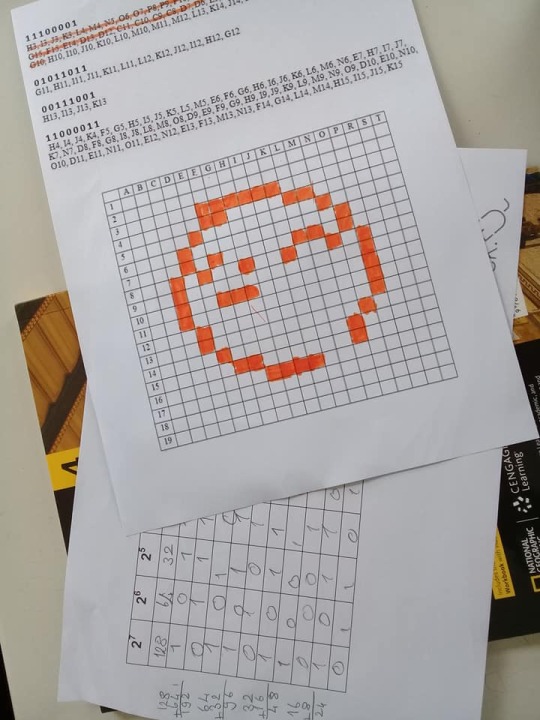Introducing the Binary System in a Pixel Puzzle-like activity during an English lesson
Publication date: October 4, 2019
By Alejandro Contreras, Code Week teacher in Turkey
The activity was designed having in mind students from secondary grades, ages from 10 to 14 years old.
As an English teacher, I make an effort to elaborate my lessons according to the CBI (Content-based instruction) / Content and Language Integrated Learning Lesson format. Therefore, the Code Week initiate was a substantial motivation to organize this themed activity in my classroom.

I was inspired by other teachers who performed the “Pixel Puzzle” activity with their pupils. It seemed to be a fun and colourful task, however at the same time, I thought about challenging a little bit more my students, for that reason and in order to make the experience more enriching and meaningful I decided that we could complement it with some slight
introduction to the Binary System, combining them to achieve a common target.

For the activity three different “Pixel Puzzle” sheets were distributed to the students (according to their interests), they did not know what image they were going to create, only hints
were given along the way.

To begin with, students watch the introduction video called “How computers work?” which explains the binary system. And as stated by the information in the video we practice how to convert decimal numbers to their binary equivalent.
The binary numbers are the result of specific decimal numbers that later on will match the colours they will use for the pixels puzzle activity.

It was rewarding to see the learning stages they were going through, for example, first, they felt overwhelmed by having to use math in the middle of an English lesson but then gradually they started to feel more comfortable and collaborated as a team helping each other, either to verify that they have done the math right or to borrow some needed pencil colours.
I liked the way we broke the lesson a little further from the routine this time, it was also some kind of game for them because they were excited about not knowing what picture they were actually creating.

